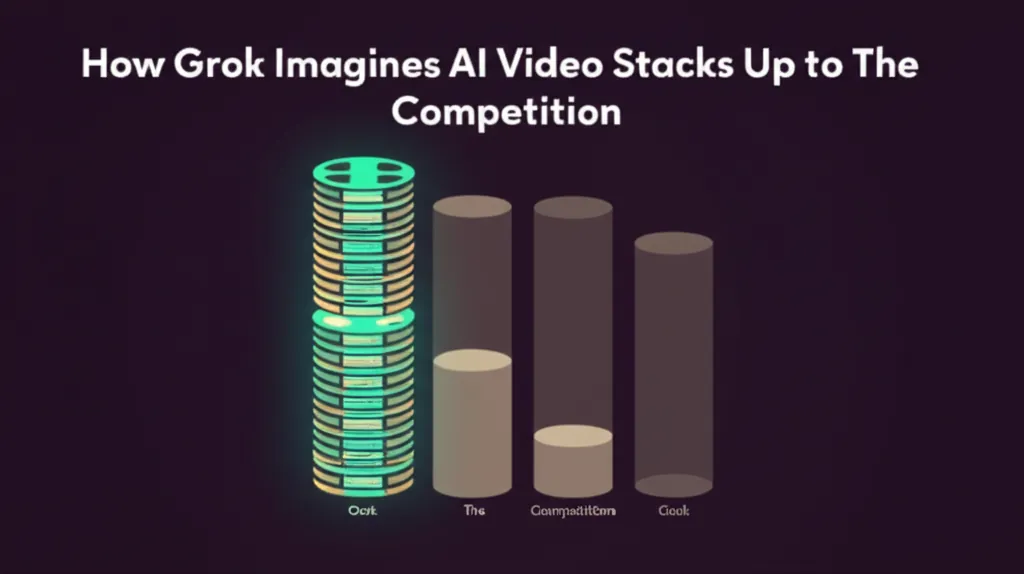How AI Is Revolutionizing Fashion Marketing
Fashion brands are in a constant race to capture consumer attention, and many are finding a powerful new ally: Artificial Intelligence. For instance, since integrating Smartly, an AI-powered marketing tool, for its social media advertising, the brand Mango has seen its ad-generated revenue quadruple. This technology allows Mango's design team to create brand-consistent templates that can instantly generate variations of an ad, a task that once required extensive photoshoots in multiple locations.
Mango is not alone. Major players like sneaker retailer Foot Locker and e-commerce giant Zalando are harnessing AI for a wide range of tasks, from generating product image backgrounds to launching rapid campaigns that capitalize on fleeting social media trends. In an age where consumers cycle through content and trends at lightning speed, AI’s ability to quickly produce a high volume of varied ad creative is invaluable. It ensures that audiences on endless social feeds don't get tired of seeing the same ad repeatedly.
However, successfully integrating AI is a strategic challenge. With new tools emerging constantly, brands must navigate a complex landscape. Some platforms excel at image generation but may fall short on the editing capabilities needed to maintain brand identity. The key is for brands to identify their specific needs—whether it's visualizing campaign concepts, enhancing product imagery, or automating audience targeting—to select the right AI tools to amplify their creative output.
The Unbeatable Power of Human Creativity
Despite the advanced capabilities of AI, industry experts agree that human creativity and strategic direction are more important than ever. "This is not the end of the creative director or the creative teams," states Jason Widup, SVP of Marketing at AI advertising firm Pixis. "What we’re seeing is the creative teams want to create new, interesting, fun concepts... And AI still doesn’t have human taste.”
The most effective workflow starts with a core concept developed by human strategists. AI is then used to explore and expand on that idea—testing how an image might look in a different setting or with an unexpected element. This allows for real-time visualization and experimentation. AI dramatically lowers the cost and risk associated with testing multiple creative ideas, empowering marketers to discover what resonates most with their audience without committing to expensive production upfront.
Scaling Creativity: One Asset, Endless Possibilities
Rather than handing over the entire production process to AI, brands are using it as a powerful iteration engine. They feed their existing product assets and brand guidelines into platforms like Smartly and Pixis. These tools then generate countless variations by altering backgrounds, colors, or product placements, creating personalized ads for different audience segments.
For Zalando, using its proprietary AI tools to place products in relevant contexts—like a hiking boot on a mountain trail—has been a game-changer for driving engagement. This approach not only triples conversions but also provides valuable insights into customer preferences, leading to fewer returns. "We do not have endless hands, and we do not have endless time and endless budget,” says Matthias Haase, Zalando’s VP of Content Solutions, highlighting AI's role in overcoming these limitations.
Hyper-Personalization and Real-Time Localization
AI's impact extends beyond creative production into precision targeting. Instead of showing the same ad to everyone, brands can now automate content delivery to reach the right user at the right moment. This could mean showing a user a complementary product or an ad for a handbag in a color they were recently browsing.
Zalando heavily leverages this for localization, creating market-specific campaigns for events like Oktoberfest in Germany. These targeted campaigns can be produced in just four days, a stark contrast to the six to eight weeks required for traditional campaigns. The company plans to further customize its product pages for different geographical markets, using AI to show unique outfit combinations and even swap in models who are well-known in specific regions through the use of digital twins.
Dynamic Ads That Adapt to the Real World
Platforms that merge AI image generation with dynamic targeting, like Smartly, allow for an even more sophisticated level of personalization. Every element within an ad can be made changeable based on who is viewing it and when. "Every element can effectively change based on the time of day, [and the] specific audience that is being targeted," explains Oliver Marlow-Thomas, Chief Innovation Officer at Smartly.
Pixis takes this a step further by integrating data from Shopify, Google, macroeconomic trends, and even weather channels. This allows fashion brands to run highly relevant, dynamic ads on platforms like Meta, such as promoting rain jackets during a storm or lightweight apparel during a heatwave, significantly boosting both engagement and conversion rates.
Optimizing Ad Targeting with Cross-Platform Data
Advertising platforms like Meta offer their own native AI tool suites, such as Advantage+, to help brands optimize their campaigns. Following Apple's iOS privacy changes that limited targeting, Meta's strategy shifted. It now encourages advertisers to provide a large volume of creative variations, which its AI then tests across different users to find the most effective combinations. “Platforms like Meta are now saying, ‘We’ve reduced your targeting capabilities, but just give us a lot of creative ads to use, and we’ll refine it,’” says Widup.
While powerful, platform-native tools are limited to the data within their own ecosystem. This is where integrated tools like Pixis and Smartly have an edge. By drawing data from a wide array of sources including TikTok, Google, and Amazon, they can build a more comprehensive understanding of consumer behavior and expand targeting capabilities far beyond a single platform.
Ultimately, no matter how sophisticated the tool, the original creative idea remains the most critical component. "The original thought is the thing that will capture the human,” concludes Smartly’s Marlow-Thomas. “The artificial thought is the thing that will scale it and create lots of different iterations.”


